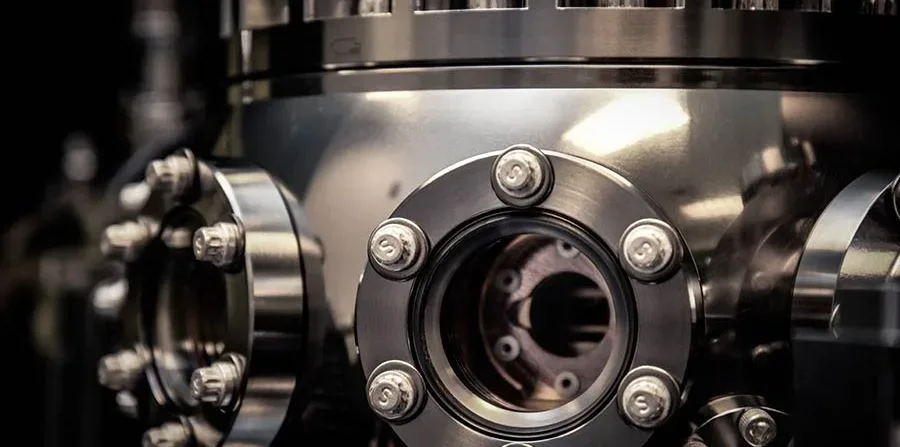Playing games is useful for measuring the effectiveness of today’s commercial quantum computers. The mathematical game created by Meron Sheffer and Daniel Azses was based on diverse technology wherein they applied the quantum mechanical qualities and machines to the system. Wherein, the only system that performed well was the Quantinuum System Model H1-1, Powered by Honeywell.
The game in layman’s terms is a game in which different portions of the system are unable to communicate in order to solve problems or earn points. The two of Dalla Torre’s students did a comparison test using quantum computers. Classical computers, according to Dalla Torre, only deliver the accurate answer 87.5% of the time. 97 percent of the time, the H1-1 gave the correct response. The experiment was completed through the Microsoft Azure Quantum platform.
What we see in the H1 is that the probability is not 100 percent, so it’s not a perfect machine, but it is still significantly above the classical threshold. It’s behaving quantum mechanically,
Dalla Torre
Because they obey quantum mechanical principles that allow for non-local effects, quantum computers are ideally adapted to handle such challenges. Quantum physics states that something that is in one location can have an immediate impact on something that is in another.
It’s a collaborative game based on some mathematical rules, and the players score a point if they can satisfy all of them, . The key challenge is that during the game, the players cannot communicate among themselves. If they could communicate, it would be easy – but they can’t. Think of building something without being able to talk to each other. So, there is a limit to how much you can do. For the machines in this game, this is the classical threshold.
What this experiment demonstrates is that there is a non-local effect, meaning that when you measure one of the qubits, you are actually affecting the others instantaneously
Dalla Torre
Noise or interference from a multitude of sources is present in today’s commercial quantum computers. To scale the technology and achieve fault-tolerant systems, a design approach that prevents faults from cascading throughout a system and corrupting circuits, it is necessary to eliminate or suppress such noise.
Noise in this context just means an imperfection – it’s like a typo, so, a quantum computer does a computation and sometimes it gives you the wrong answer. The technical term is NISQ, noisy intermediate scale quantum computing. This is the general name of all the devices that we have right now. These are devices that are quantum, but they are not perfect ones. They make some mistakes.
Dalla Torre
Projects like Dalla Torre’s, according to Quantinuum’s Commercial Operations Group Leader, Dr. Brian Neyenhuis, are helpful benchmarks for early quantum computers, as it is also a way to pinpoint and clarify the distinction between classical and quantum computation. He collaborated with Dalla Torre to run the H0 system again on the updated H1 system after seeing the initial findings (still only using six qubits).
We knew from a large number of standard benchmarks that the H1 system was a big step forward for us, but it was still nice to see such a clear signal that the improvements that we had made translated directly to better performance on this non-local game.
Being able to do this kind of work on the cloud is vital for the growth of quantum experimentation,
The fact that I was sitting in Israel at Bar-Ilan University and I could connect to the computers and use them using on the internet, that’s something amazing.
Dr. Brian Neyenhuis, Quantinuum’s Commercial Operations Group Leader
As commercial quantum computers add qubits and reduce noise, Dalla Torre and his team hope to expand this type of study in the future.
Read more about the news here.

